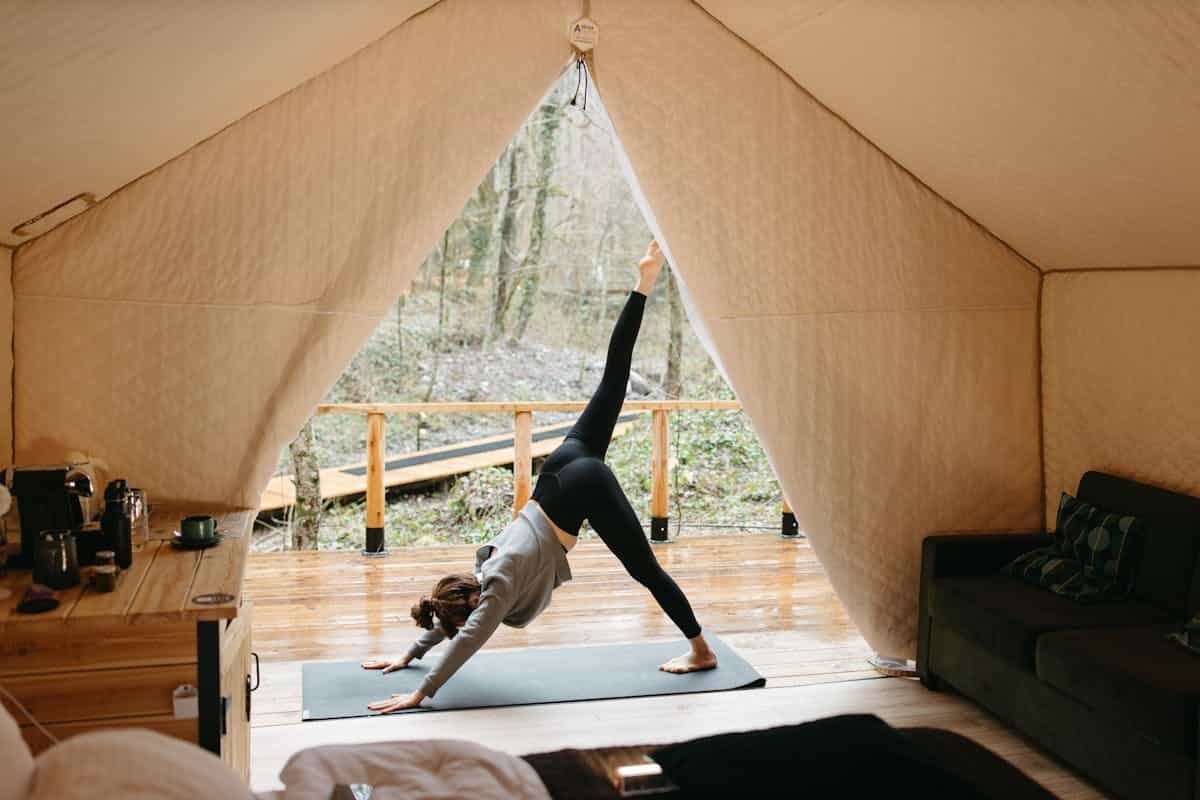
Camping is a great way to escape daily life. It lets you connect with nature, bond with family and friends, and recharge your energy. Whether you’re a beginner or an experienced camper, understanding the various types of camping can help you choose the proper adventure to suit your needs. In this guide, we will look at popular camping styles. We will also cover essential gear and tips. These will help you enjoy your outdoor experience.
What Is Camping?
Camping is a fun outdoor activity. It involves staying overnight in a shelter. This can be a tent, RV, or even under the stars. Camping is beautiful because it is flexible. You can choose from tough backpacking trips in the wild to fancy glamping experiences. There is a style for everyone.
Popular Types of Camping.
1. Car camping.
Car camping involves driving to a campsite and setting up camp near your vehicle. This type of camping is beginner-friendly and allows for greater flexibility in packing.
Advantages:
- Access to amenities like restrooms and running water.
- Ability to bring more gear, including chairs, coolers, and larger tents.
- Suitable for families with children or pets.
Pro Tip: Get a roomy tent, like the REI Co-op Kingdom 6, and a comfy sleeping pad. This will help you sleep well at night.
2. Backpacking.
Backpacking is the epitome of adventure, requiring campers to carry all their gear in a backpack. This style is ideal for exploring remote areas and connecting with nature on a deeper level.
Essentials for Backpacking:
- Lightweight gear: A compact tent like the Big Agnes Copper Spur is a great option.
- Navigation tools: GPS devices or detailed maps are crucial.
- Multi-day food supplies: freeze-dried meals and protein bars are lightweight and convenient.
3. Glamping.

Glamping, short for “glamorous camping,” combines the charm of the outdoors with the comfort of luxury. Think furnished tents, electricity, and even Wi-Fi in some cases.
Who Is It For?
- Individuals seeking a unique outdoor experience without sacrificing comfort.
- Perfect for romantic getaways or family trips with young children.
Tip: Platforms like Glamping Hub offer curated luxury camping experiences worldwide.
4. Primitive Camping

Primitive camping involves staying in undeveloped areas without modern amenities. It’s a minimalist approach that challenges campers to rely on survival skills.
Key Considerations:
- Learn basic survival skills, such as building a fire and purifying water.
- Follow Leave No Trace principles to protect the environment.
5. RV Camping.

RV camping provides the comfort of home while allowing travelers to explore the outdoors. It’s popular among retirees and families who enjoy road trips.
Advantages:
- Climate-controlled shelter.
- Access to appliances like refrigerators and microwaves.
- Suitable for long-term travel.
Tip: Check out GoRVing for tips on renting or buying an RV.
6. Tent Camping.

Tent camping is the traditional and most popular form of camping. It can be as simple or elaborate as you like, depending on your gear and location.
Must-Have Gear:
- Weather-appropriate sleeping bags, such as the Marmot Trestles Elite.
- A portable stove for cooking meals, like the MSR PocketRocket 2
Tip: Check out GoRVing for tips on renting or buying an RV.
Choosing the Right Type of Camping for You
Selecting the right camping style depends on your preferences, experience level, and the kind of adventure you seek. Here’s a quick comparison:
| Type of Camping | Description | Best For | Difficulty |
|---|---|---|---|
| Car Camping | Camping at sites where you can park your car close by. | Beginners, families, and those who prefer convenience. | Easy |
| Backpacking | Hiking to remote locations while carrying all your gear. | Adventure seekers and experienced campers. | Hard |
| Glamping | Luxury camping with amenities like beds and electricity. | Comfort-loving campers and families. | Very Easy |
| RV Camping | Camping in a motorhome or camper trailer. | Long road trips and those who prefer modern amenities. | Moderate |
| Winter Camping | Camping in snowy or cold conditions with specialized gear. | Experienced campers seeking unique challenges. | Very Hard |
Tips for a Successful Camping Trip.
- Plan Ahead: Research your destination, check the weather, and create a packing list.
- Pack Smart: Bring only what you need for your chosen camping style.
- Practice Safety: Learn first aid, carry a basic kit, and inform someone about your plans.
- Respect Nature: Leave your campsite as you found it, minimizing your environmental impact.
Want to make your first camping trip a success? Get expert tips and essential advice in First-Time Camping Tips: Your Ultimate Guide to Adventure!
Benefits of Camping.
Camping offers numerous physical, mental, and emotional benefits, such as:
- Stress Relief: Being surrounded by nature can reduce stress and improve mood.
- Physical Activity: Hiking, setting up camp, and other activities keep you active.
- Family Bonding: Camping is an excellent way to spend quality time with loved ones.
Ready to experience the amazing benefits of camping firsthand? Discover how it can enhance your well-being and outdoor skills in Benefits of Camping for Beginners: Why It’s Great for Outdoor Adventures!”
Conclusion.
Understanding the various types of camping allows you to tailor your outdoor adventures to your preferences and comfort level. There are many ways to camp. You can enjoy simple tent camping, exciting backpacking, or fancy glamping. There is a camping style for everyone. Plan your next trip, pack your gear, and immerse yourself in the beauty of the great outdoors.
Ready to embark on your next outdoor adventure? Learn how to plan the perfect trip with our Comprehensive Guide to Camping Planning
Resources for New Campers
- American Hiking Society: Trail guides and hiking tips.
- Recreation.gov: Find and book campsites across the U.S.
- National Park Service: Learn about camping in national parks.






